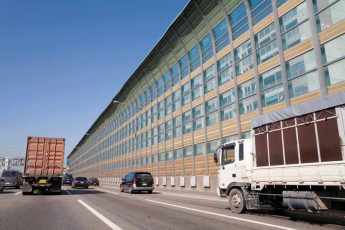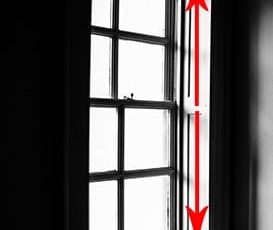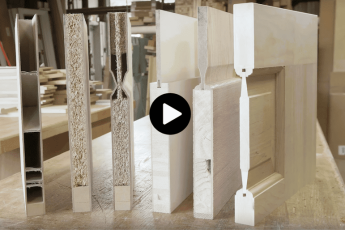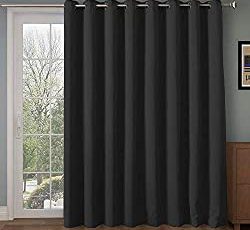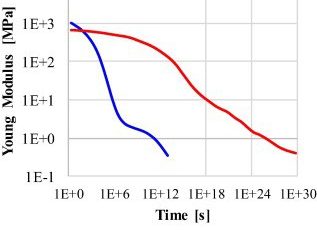The first step in soundproofing your ceiling speakers is to make sure that they are mounted on a backbox or OSB. The backbox is a piece of material that covers the speaker’s wires, which will help block sound from escaping. The next step is to mount the backer box to the frame using screws.
Backboxes
You can make your own back boxes for ceiling speakers for a fraction of the cost of a commercially made back box. First, measure the speaker’s depth and width to determine the appropriate depth for the backbox. Then, cut twox4 lumber to those dimensions. You should have at least three inches of depth for a residential wall cavity, and four inches for a ceiling cavity.
A backbox is an essential part of soundproofing ceiling speakers. It helps prevent dust particles from becoming loose behind the speaker and causing the speakers to produce poor quality sound. It also supports built-in speakers to prevent them from falling out of the wall or ceiling. In this way, your speakers will continue to give quality sound.
Backboxes are typically constructed from two pieces of OSB or MDF. The two pieces are then screwed together using a nail gun. If you want to make a more sturdy backbox, you can also use two thinner pieces of OSB or MDF. After you’ve made the frame, add the back plate and soundproofing compound.
Dynamat
Dynamat soundproofing ceiling speakers can help make your living space a quieter place. They block out unwanted noise from home theaters, air conditioners, televisions, and exercise equipment. You can even use Dynamat Xtreme to block out unwanted vibration from ductwork and piping.
Dynamat has several different types of soundproofing materials for ceiling speakers. Their patented Dynabox ceiling speaker enclosure reduces sound transmission in ceilings and walls by using a unique design. They also make a surround in-wall speaker enclosure that minimizes sonic cancellations and smoothes out the frequency response. Other acoustic barriers include DynaNil, a dense, ultra-pliable sound barrier, and DynaPad, a four-layer composite material.

Another option is to make a DIY soundproofing speaker enclosure. These enclosures are typically three to five inches deep and provide an airtight enclosure. This prevents sound from escaping through the ceiling into the space above and redistributes the sound to listeners below. They are an excellent DIY soundproofing solution.
Dynil
Dynamat Dynil is a highly-dense, ultra-pliable soundproofing material. It blocks low-frequency sound and reduces the transmission of unwanted sound through walls, floors, and ceilings. This material is suitable for both new-build and retrofit applications. It also works well to reduce vibration from in-wall speakers and ventilation ducts.
If you live with other people, soundproofing your speakers is a necessity. Speakers transmit sound vibrations throughout a room, causing them to disturb people in the house. For example, in-ceiling speakers can disturb a sleeping baby or a nearby neighbor. This is why soundproof ceiling speakers are essential.
There are three basic types of ceiling speakers: passive, active, and self-enclosed. The passive ones require an external amplifier, while active ones come with built-in amplifiers and Bluetooth connectivity. It is important to match the amplifier to the speaker to ensure good sound quality. The wattage of the amplifier should be suitable for the volume of the speaker.
Fire hoods
In order to protect your speakers from sound leakage, you should consider installing fire hoods over your ceiling speakers. These are designed to provide a back box that enhances the sound of the speakers and prevents sound from escaping. Fire hoods also prevent dust and other particles from affecting the acoustic performance of your speakers.
A fire hood protects your speakers and protects the ceiling from fire. These hoods are easy to install, and most are universal. In addition, some fire codes require that your ceiling speakers be installed in a fire-proofed area. Your contractor will be able to explain the requirements of this safety feature and how to install it.
Fire hoods are an essential component of a speaker installation. They can be installed from above or below the ceiling, and will ensure that the speakers are soundproofed. They are also fully compliant with the Building Regulations. By using these hoods, you will protect your speakers and your building against fire.

The latest fire and acoustic speaker hoods from Q Acoustics and Audica are the perfect solution for soundproofing your ceiling speakers. They are made from double-skin intumescent fabric that is designed to blend in with the ceilings and hide your speakers. They will fit most 6.5-inch speakers, and can be easily cut to increase the canopy for extra protection.
Heavy-duty materials
Heavy-duty materials for soundproofing ceilings and walls are an excellent choice to keep noise from affecting your speakers. These materials absorb sound from air pockets and are available in many different sizes and finishes. These materials are also effective at reducing reverberation in large, open spaces.
Before installing a speaker, check the area and position it carefully. It is important to take into account how it will affect the placement of other speakers in the room. Also, wear safety glasses and gloves while working with insulation materials. They can cause skin and eye irritation. Before installing the speakers, make sure to check for any piping, wires, or plumbing that may be present above the ceiling.
Installing a backer box for your speakers is another way to make them soundproof. A soundproof backer box allows you to create an airtight enclosure for your speakers. This enclosure is typically three to five inches deep and is designed to prevent sound leakage. In addition to providing extra insulation, backer boxes also help prevent sound from traveling through the ceiling.
Loss of sound quality
A common question that homeowners have is whether soundproofing ceiling speakers will affect the quality of sound. The answer depends on how well the speaker is matched to the amplifier. Some speakers will work well without an amplifier, but others may require one. The wattage of the amplifier also affects the speaker’s volume, so it’s vital to choose a model that matches your amplifier.
When soundproofing ceiling speakers, you’ll want to choose a material that will reduce the likelihood of a loss of sound quality. You can build a backer box to cover the speaker in order to block noise and keep it from leaking into the room. You can also purchase a ceiling speaker enclosure that is soundproof.
Soundproofing ceiling speakers can also be a difficult process. First, you’ll need to cut holes in the drywall or ceiling. Then, you’ll need to run wires through the walls and ceiling. It’s also important to choose a speaker that is meant for the business setting. Commercial speakers are much louder than those designed for home use.
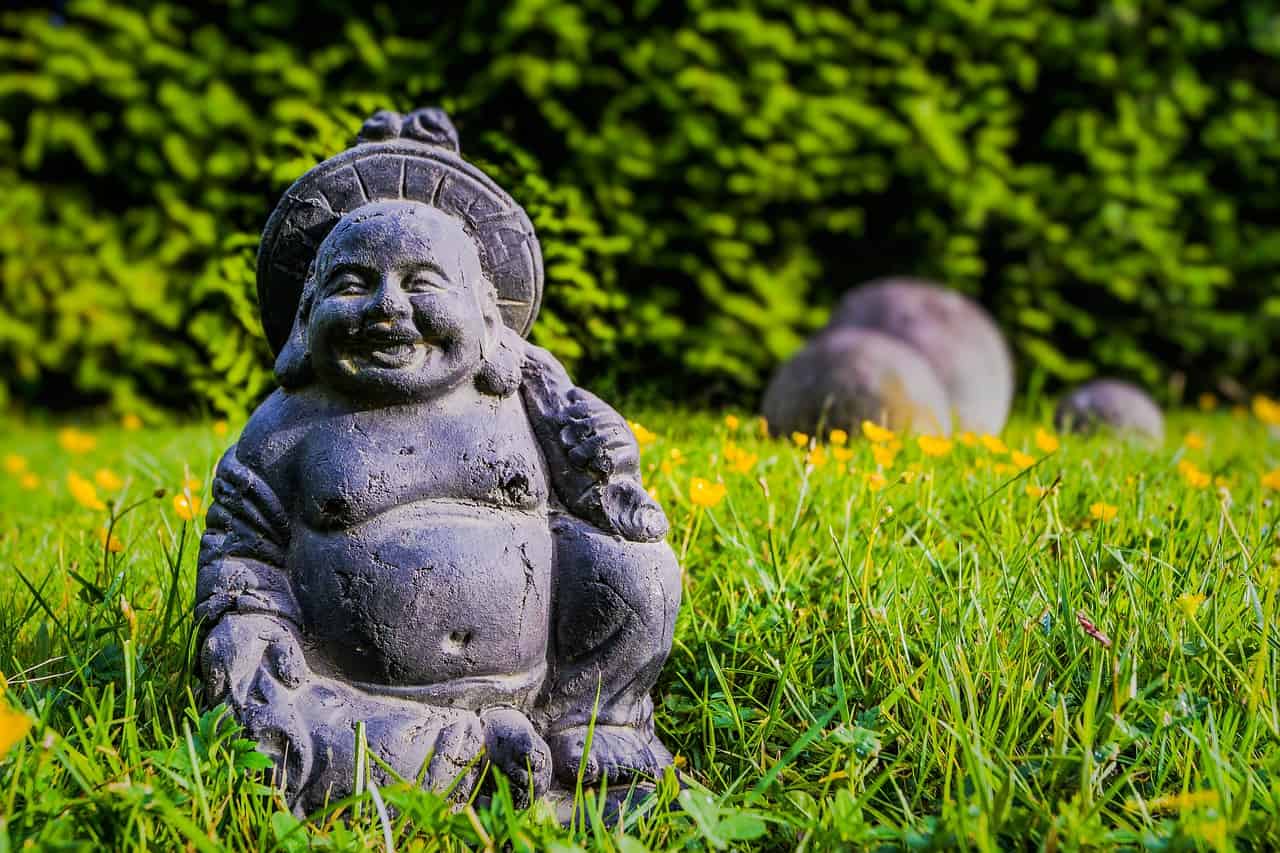
Space savings
Using in-ceiling speakers can save you space in a variety of ways. For one thing, they can look more professional than speakers placed on the floor. Additionally, these speakers can also be installed without difficulty. Installing speakers inside walls and ceilings is a fairly simple process. While it can take some time, it will save you a lot of space, which will give you more room for other things.
If you’re looking for ways to save space while soundproofing your ceiling speakers, consider building your own backer box. This will allow you to create an airtight enclosure and prevent sound from leaking through the walls. Most backer boxes for ceiling speakers are three to five inches deep, and are a perfect way to prevent sound leakage from the speakers.
A second option is to install an airtight in-ceiling backer box, which will deaden the sound of your speakers significantly. Another option is to install two layers of material with damping compound in between. This will help to reduce reflected sound and allow for a higher volume.
